WORLDWIDE: HEADLINES
How will China’s latest oil probe affect the world’s biggest crude importer?
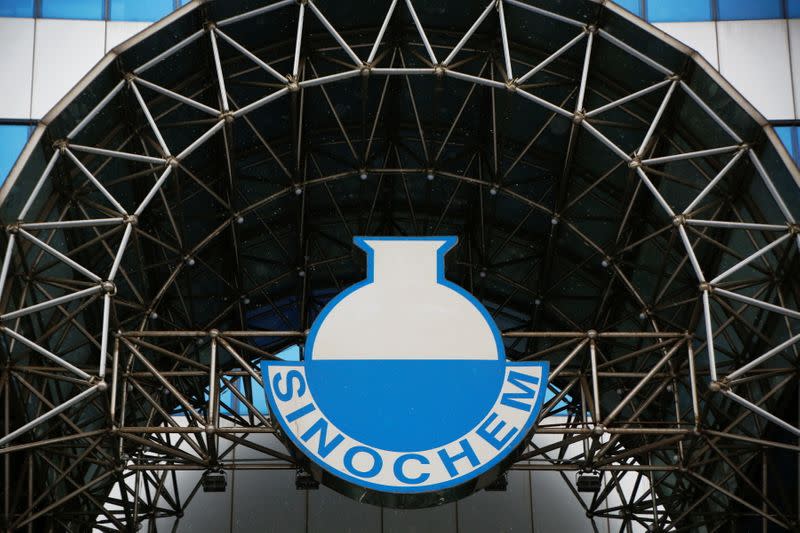
This year China’s government has been gradually ramping up scrutiny of its sprawling oil industry, reinforcing its authority with new taxes on refined products while investigating crude imports by state energy giants and independent refiners.
Last Tuesday, the country’s top economic planning agency gave five state-owned companies just two days to report on their historic use of imported oil, part of a broader effort by the world’s largest oil importer to control inbound shipments as domestic supplies swell.
China is the world’s largest crude oil importer and the No. 2 consumer after the United States. China’s crude imports surged 7.3% in 2020 – the only major market where oil demand grew during the COVID-19 pandemic.
Strong economic growth, new refining capacity and changes in fuel taxes could spur crude imports 7.2%, or 775,000 barrels per day, higher this year, said Seng Yick Tee, SIA Energy analyst.
Beijing is looking into whether Sinopec Group, China National Offshore Oil Corp (CNOOC), Sinochem Group, ChemChina, and China North Industries Group – which together make up more than 60% of China’s total imports – have resold oil to other companies in the country. Also under examination is whether their imports have been processed at refineries under a tolling scheme that reduces the companies’ tax burden.
China has since late 2015 allowed more than 40 independent refiners to process imported crude under a quota system. But smaller plants have been found by the government to be sourcing additional crude oil, and other feedstocks such as diluted bitumen, beyond quota limits, leading to a domestic fuel glut.
China is expected to release a second batch of crude import quotas in the coming months, and these probes may prompt Beijing to reduce allocated volumes to independent companies.
In December last year, China issued the first batch of crude import quotas for non-state companies at 122.59 million ton in 2021, up 18% from the first round for 2020.
Full coverage: REUTERS
China’s factory activity slows slightly in May as raw materials costs surge – official PMI
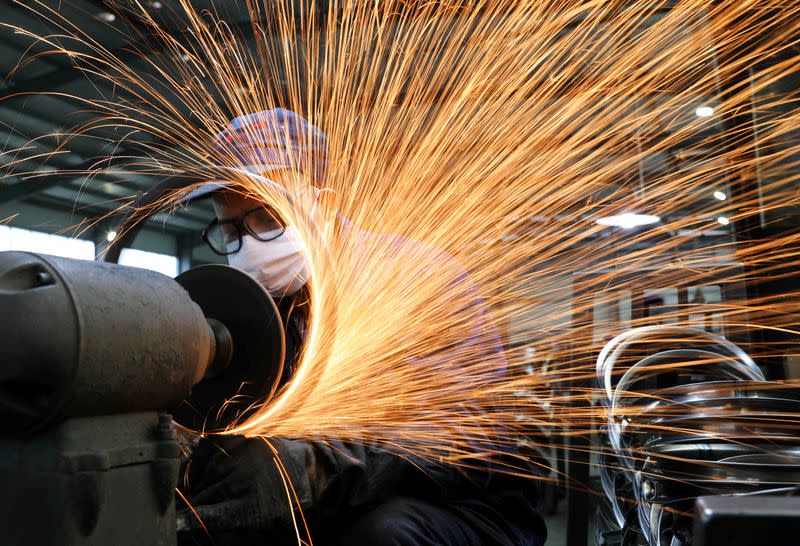
China’s factory activity slowed slightly in May as high raw materials costs and supply bottlenecks continued to weigh on industrial production, particularly for small and export-oriented firms.
The official manufacturing Purchasing Manager’s Index (PMI) inched lower to 51.0 in May from 51.1 in April, data from the National Bureau of Statistics (NBS) showed on Monday, but remained above the 50-point mark that separates growth from contraction.
Analysts had expected a PMI reading of 51.1 in May.
While the Chinese economy has largely shaken off the gloom from the COVID-19 pandemic, posting a record 18.3% growth in the first quarter of this year, analysts expect the brisk expansion to moderate later this year.
Officials warn the foundations for the economic recovery are not yet secure amid problems like higher raw material costs and the epidemic situation overseas.
In April, both output and profits at China’s industrial firms grew at a slower pace.
The official PMI, which largely focuses on big and state-owned firms, showed the sub-index for new export orders stood at 48.3 in May, down from 50.4 in the previous month and slipping sharply into contraction.
Firms continued to lay off workers and at faster pace.
A sub-index for the activity of small firms stood at 48.8 in May, sharply down from April’s 50.8.
Prices for commodities such as coal, steel, iron ore and copper have surged this year, fueled by post-lockdown recoveries in demand and easing liquidity globally.
Full coverage: REUTERS
WORLDWIDE: FINANCE / MARKETS
Oil prices stay firm as demand to outstrip supply in H2
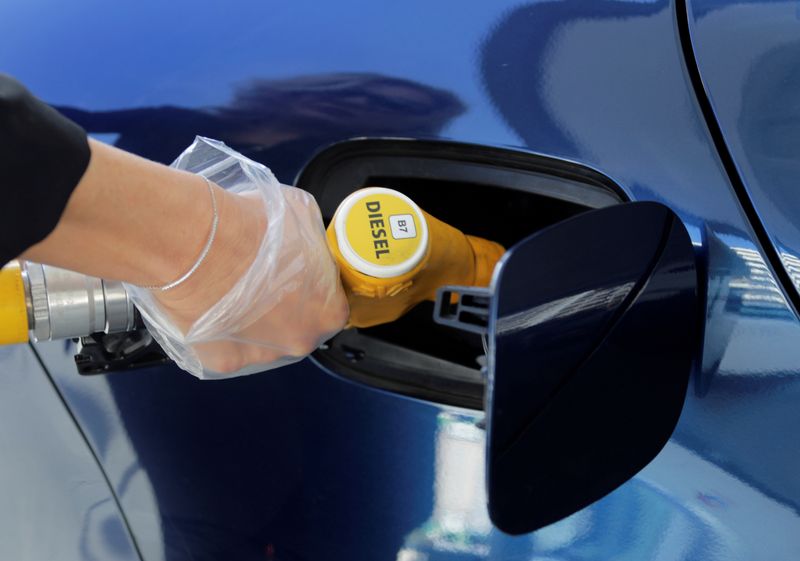
Oil prices climbed in early Asian trade on Monday, underpinned by the bright outlook for fuel demand growth in the next quarter, while investors looked ahead to the OPEC+ meeting this week for supply guidance.
Brent crude futures for August nudged up 7 cents, or 0.1%, to $68.79 a barrel by 0038 GMT after settling at their highest in two years on Friday. U.S. West Texas Intermediate crude for July was at $66.45 a barrel, up 13 cents, or 0.2%.
Both contracts are on track for a second monthly gain as analysts expect oil demand growth to outstrip supply despite the possible return of Iranian crude and condensate exports.
Iran has been in talks with world powers since April working on steps that Tehran and Washington must take on sanctions and nuclear activities to return to full compliance with the 2015 nuclear pact.
“We see demand outstripping supply in the order of 650,000 barrels per day and 950,000 bpd in Q3 and Q4 respectively,” ANZ analysts said, adding that this includes 500,000 bpd of increase in Iranian output.
The Organization of the Petroleum Exporting Countries and their allies including Russia will meet on Tuesday.
The group known as OPEC+ is expected to stay the course on its plans to gradually ease supply cuts until July.
Separately, crude output in the United States soared 14.3% in March, the Energy Information Administration reported on Friday, while Baker Hughes data showed oil and gas rigs rising for a 10th month in a row last week.
Full coverage: REUTERS
Dollar near 2-month high vs yen, U.S. inflation beats expectations
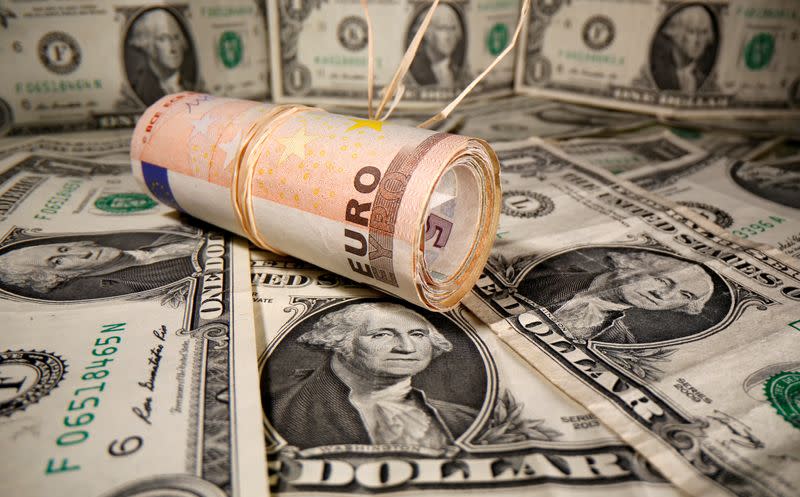
The dollar held near a two-month high against the yen on Monday after a key measure of U.S. inflation showed stronger price gains than expected, keeping alive expectations of an eventual tapering in the Federal Reserve’s asset buying.
The dollar traded at 109.87 yen, having reached a 110.20 on Friday, coming within striking distance of the one-year peak of 110.97 marked at the end of March.
The U.S. inflation data also drove the greenback higher against other currencies briefly as well, though the currency run out of steam ahead of a long weekend in New York and London.
The euro changed hands at $1.2194, off Friday’s low of $1.2133, while the British pound stood little changed at $1.4189.
U.S. consumer prices surged in April, with a measure of underlying inflation blowing past the Federal Reserve’s 2% target and posting its largest annual gain since 1992, due to a recovery from the pandemic and various supply disruptions.
The core personal consumption expenditures (PCE) price index, the Federal Reserve’s preferred gauge of inflation, rose 3.1% from a year ago, a tad above market expectations of 2.9% rise.
Although the high reading was due partly to the base effect – prices were depressed in April 2020 because of strict lockdowns – and its annual rise is expected to moderate later this year, some investors remained nervous.
Elsewhere, the Chinese yuan held firm near its three-year high of 6.3590 per dollar hit on Friday, trading at 6.3655 in offshore trade.
A survey on China’s manufacturing sector due later Monday is the next biggest focus.
Full coverage: REUTERS
Asia shares look to rally for third week, focus on U.S. jobs
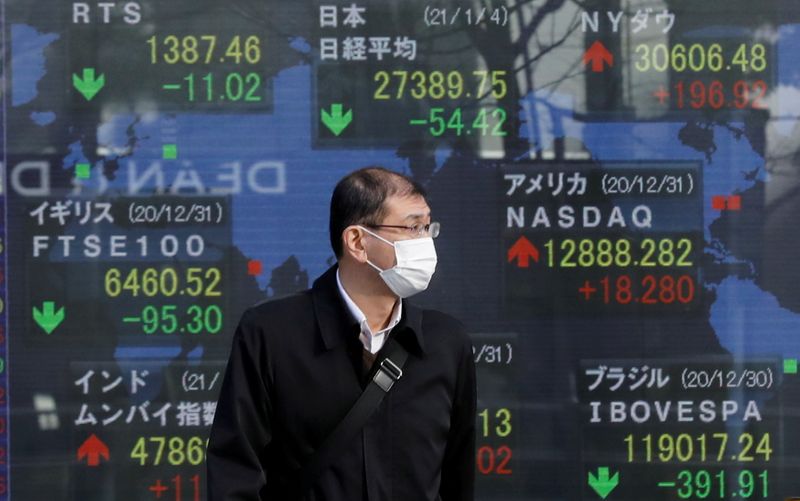
Asian shares edged higher on Monday, looking to extend their recent rally to a third week should U.S. jobs figures show the expected revival in hiring in May and keep the global recovery on track.
MSCI’s broadest index of Asia-Pacific shares outside Japan was a fraction firmer, having rallied 2.2% last week. Japan’s Nikkei was flat, while Australia rose 0.2% to a fresh all-time peak.
Markets in the U.S. and UK are closed for a holiday, but futures were still trading in Asia with the Nasdaq up 0.2% and S&P 500 ahead by 0.1%.
The main event of the week will be U.S. payrolls on Friday with median forecasts at 650,000 but the outcome uncertain following April’s shockingly weak 266,000 gain.
That April figure was close to 750,000 lower than forecasts, the largest “miss” in the history of the series.
NatWest Market economist Kevin Cummins noted that even with a rise of around 550,000 total payrolls would still be 7.7 million below the February 2020 level.
“The labor market would still be considered a long way from being recovered,” he added. “In our opinion, the data are unlikely to convince Fed Chair Powell that progress has been substantial enough just yet to start signaling tapering.”
The Federal Reserve next meets on June 16 and this week will be the last chance for members to talk on policy before the blackout period starts on June 5.
So far, investors have taken the Fed at its word that the labor market needs to improve a lot more before it talks of tapering. That helped yields on U.S. 10-year notes ease to 1.58% on Friday even as data on core inflation topped forecasts.
The economic outperformance of the United States has a downside in that it has sharply widened the country’s trade deficit and added to its need for foreign funding for an already huge budget shortfall.
Full coverage: REUTERS


 Home
Home